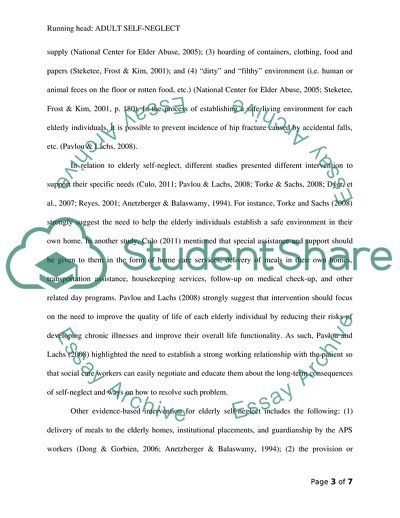Cite this document
(Not Found (#404) - StudentShare, n.d.)
Not Found (#404) - StudentShare. https://studentshare.org/nursing/1862415-the-management-of-elderly-self-neglect
Not Found (#404) - StudentShare. https://studentshare.org/nursing/1862415-the-management-of-elderly-self-neglect
(Not Found (#404) - StudentShare)
Not Found (#404) - StudentShare. https://studentshare.org/nursing/1862415-the-management-of-elderly-self-neglect.
Not Found (#404) - StudentShare. https://studentshare.org/nursing/1862415-the-management-of-elderly-self-neglect.
“Not Found (#404) - StudentShare”. https://studentshare.org/nursing/1862415-the-management-of-elderly-self-neglect.


